Studio Hildebrand
Mag.Art. Christoph Hildebrand
+49 0163 5810594
ch@studio-hildebrand.net
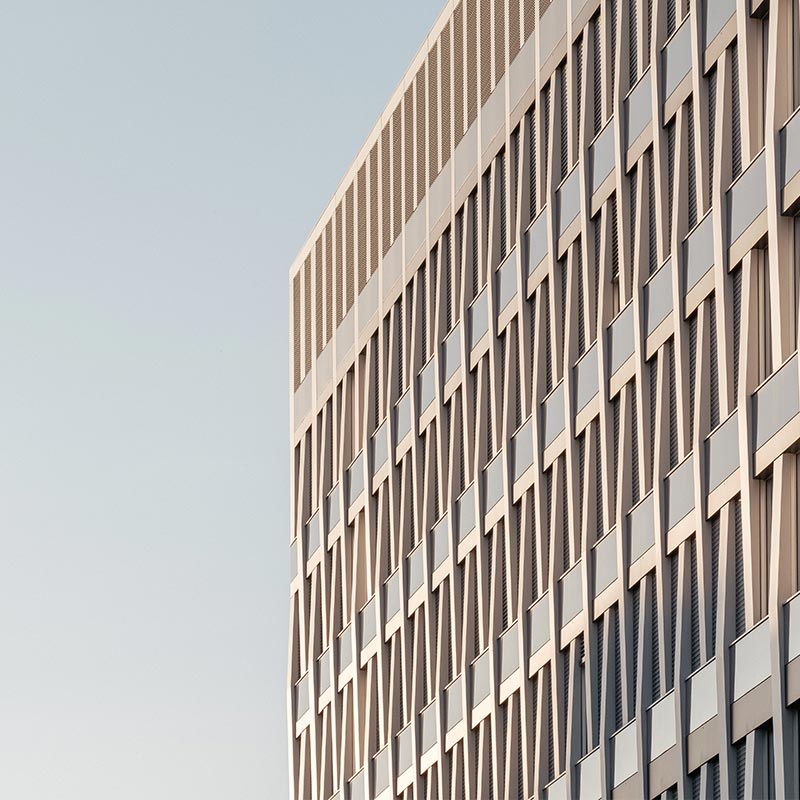
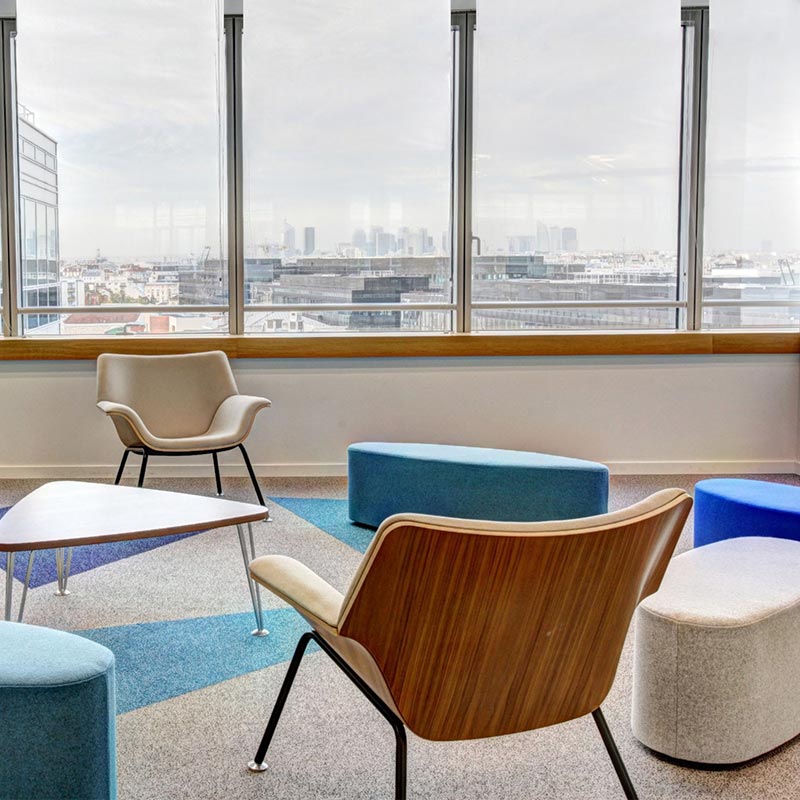

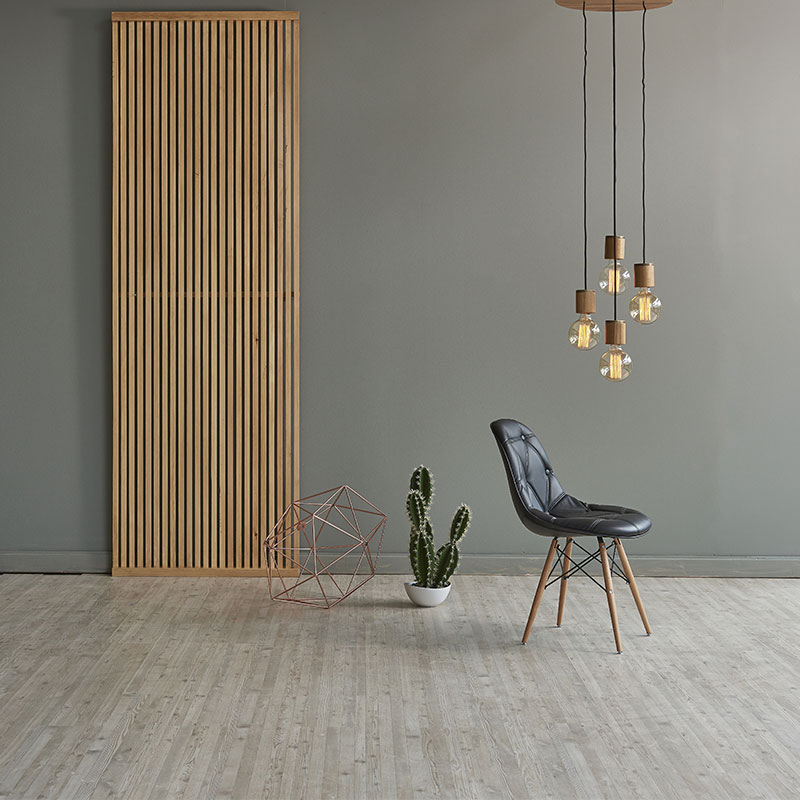
Mag.Art. Christoph Hildebrand
+49 0163 5810594
ch@studio-hildebrand.net




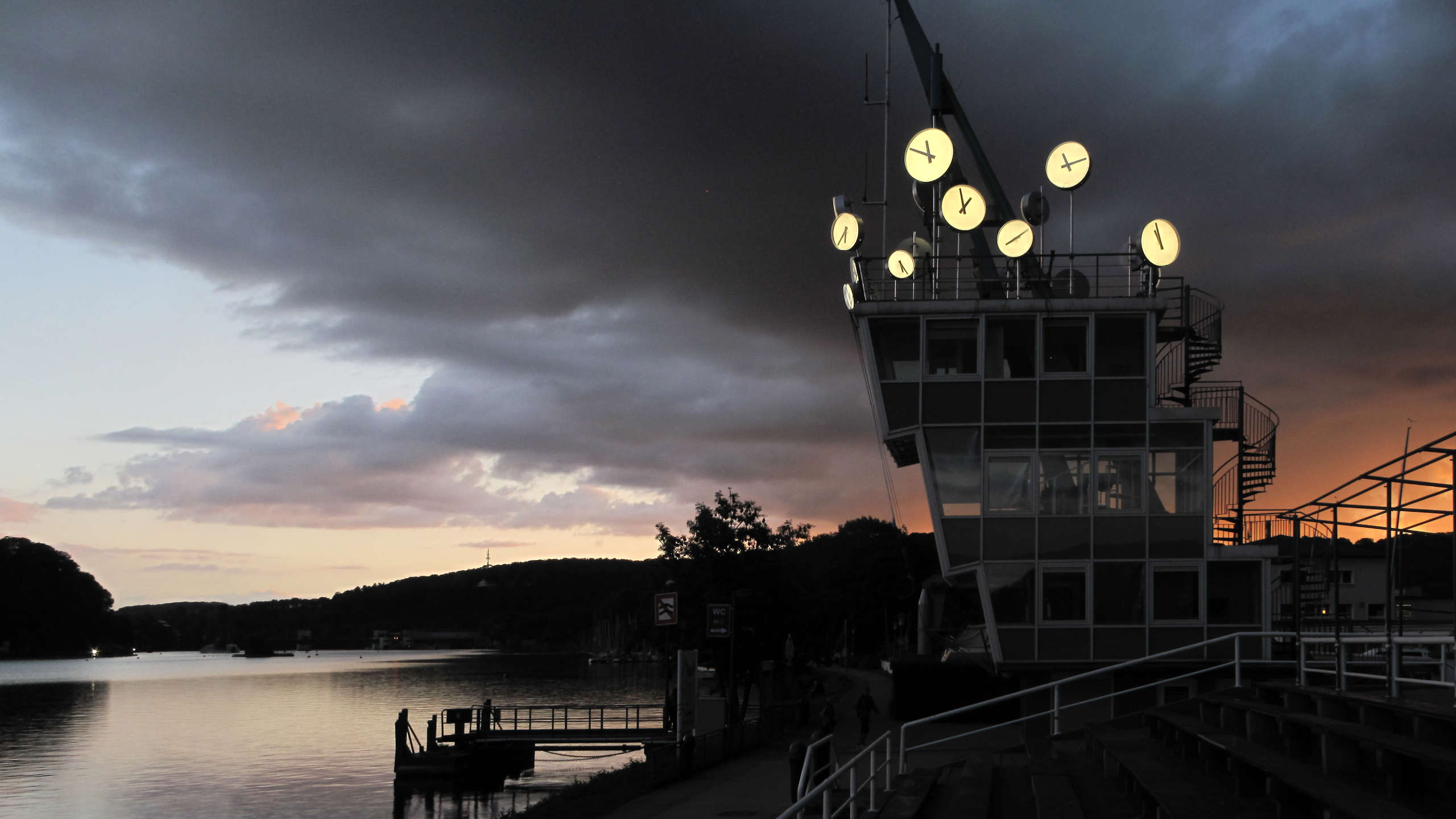
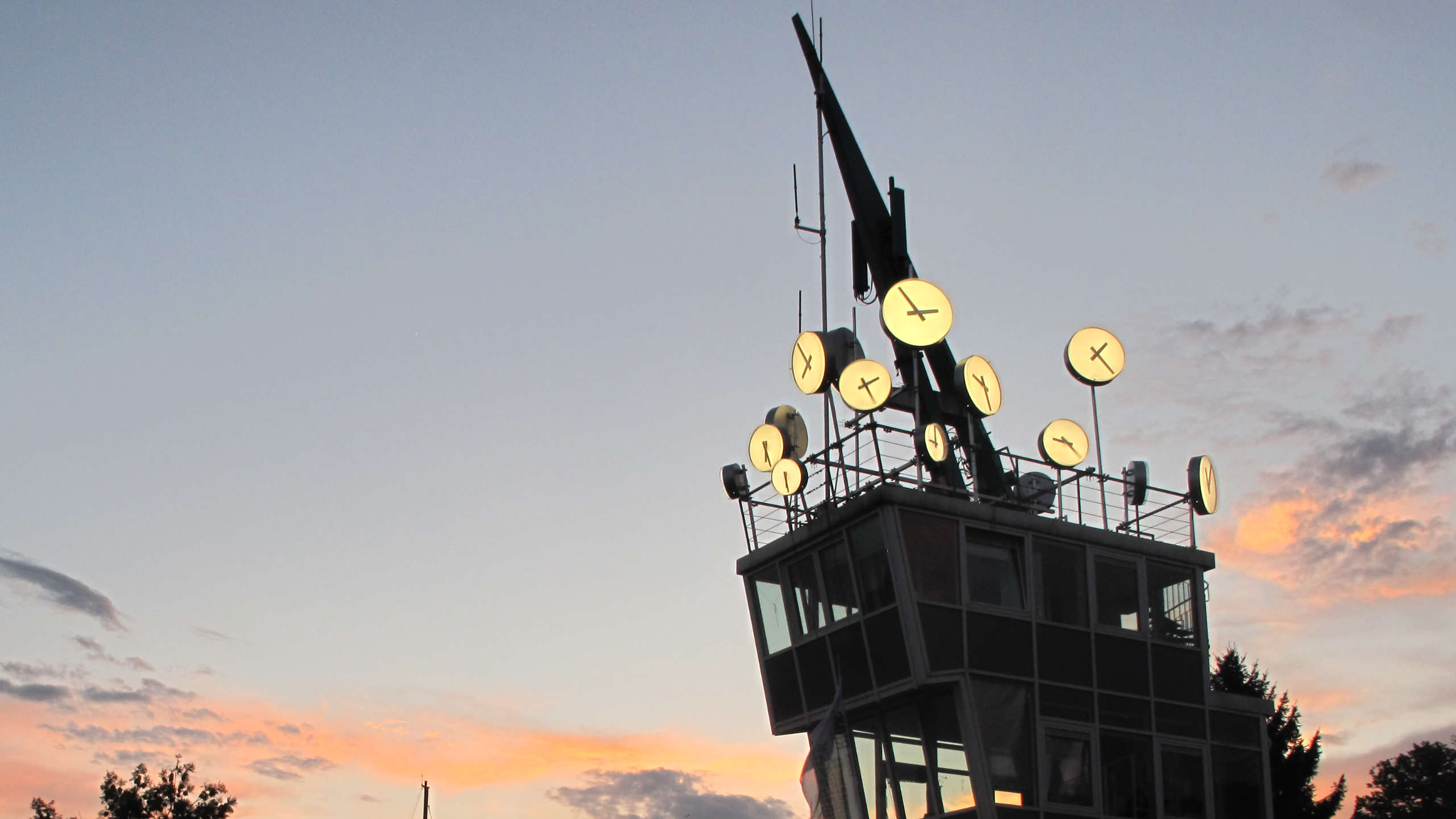
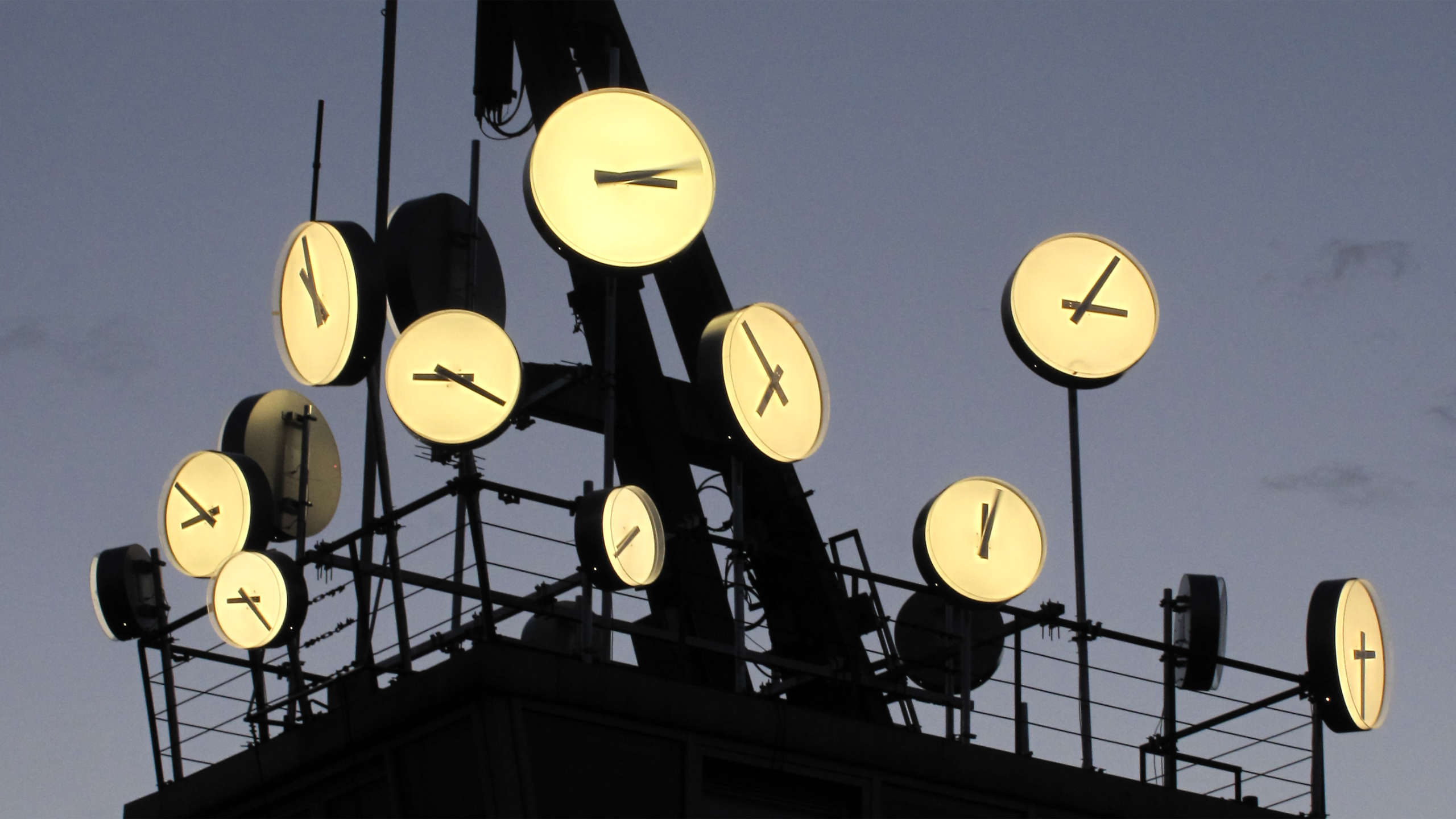
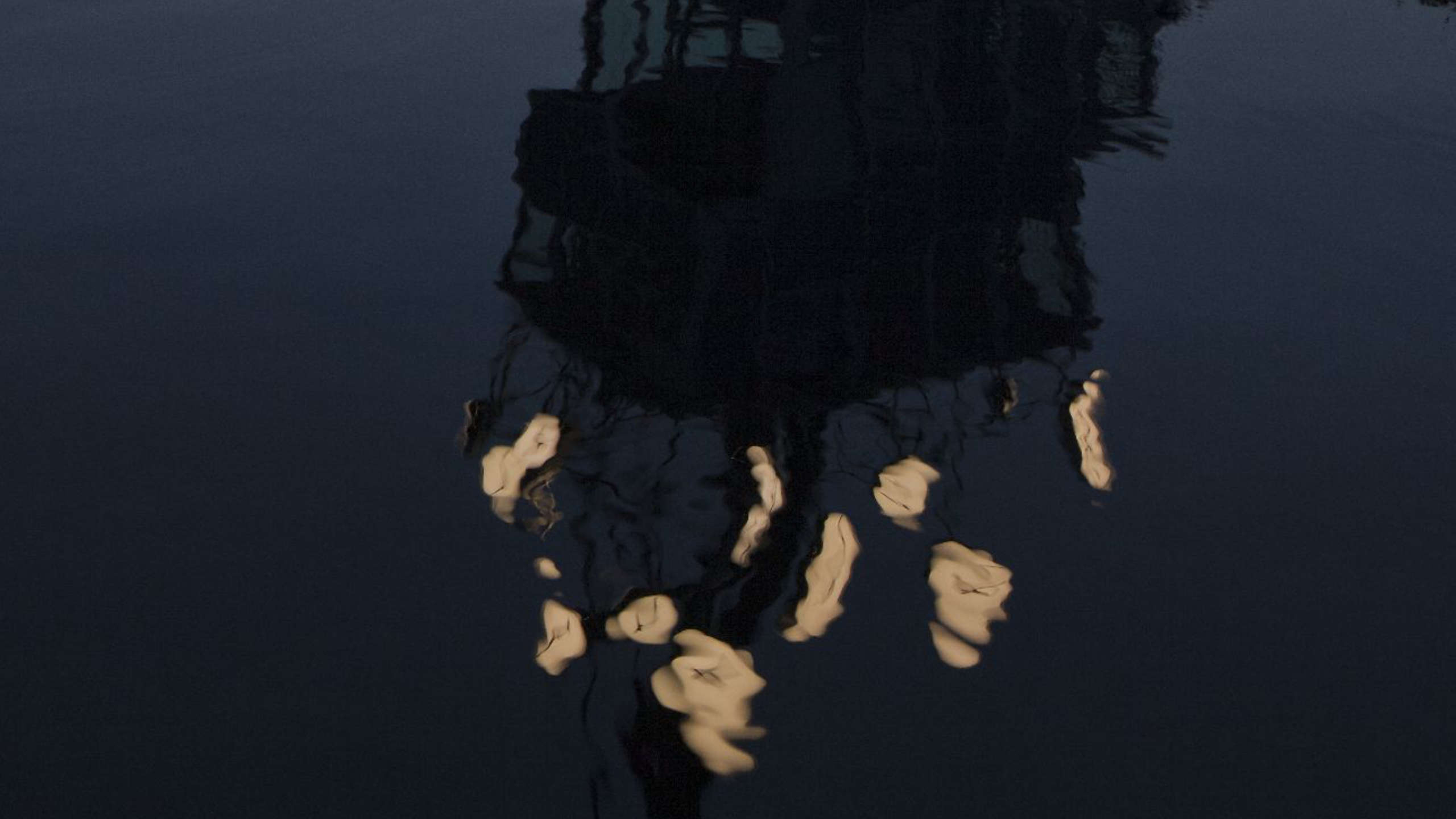
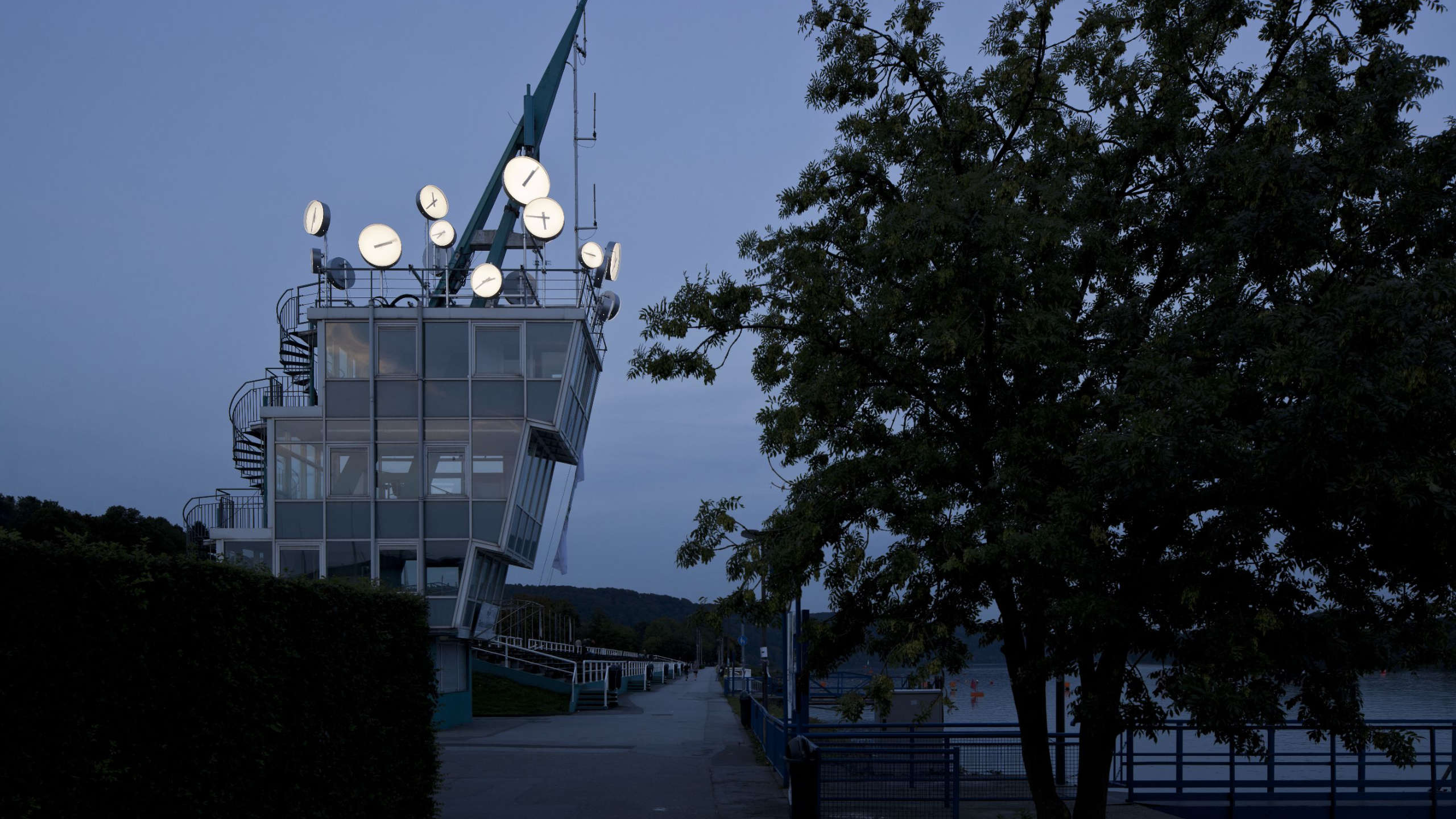
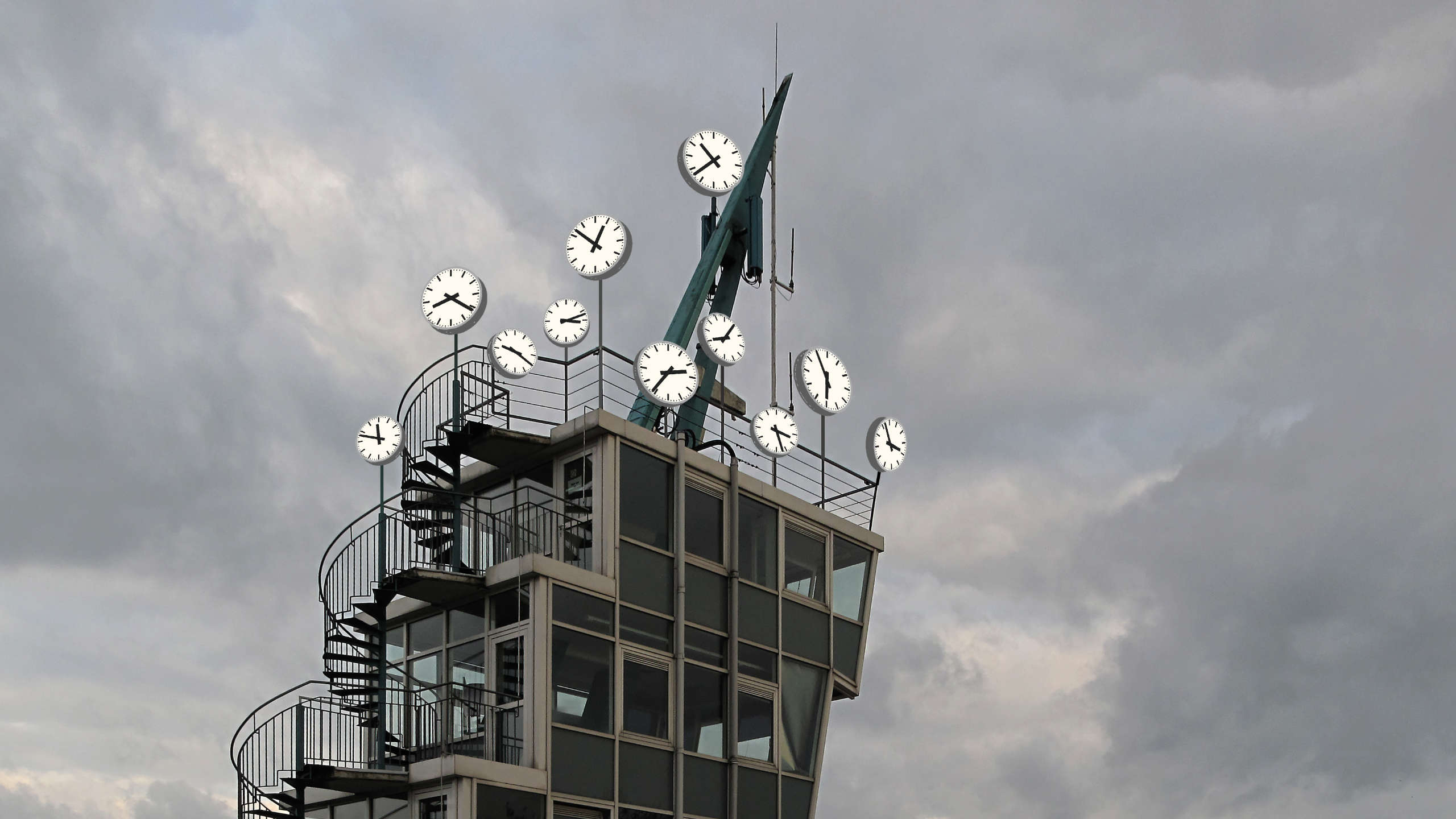
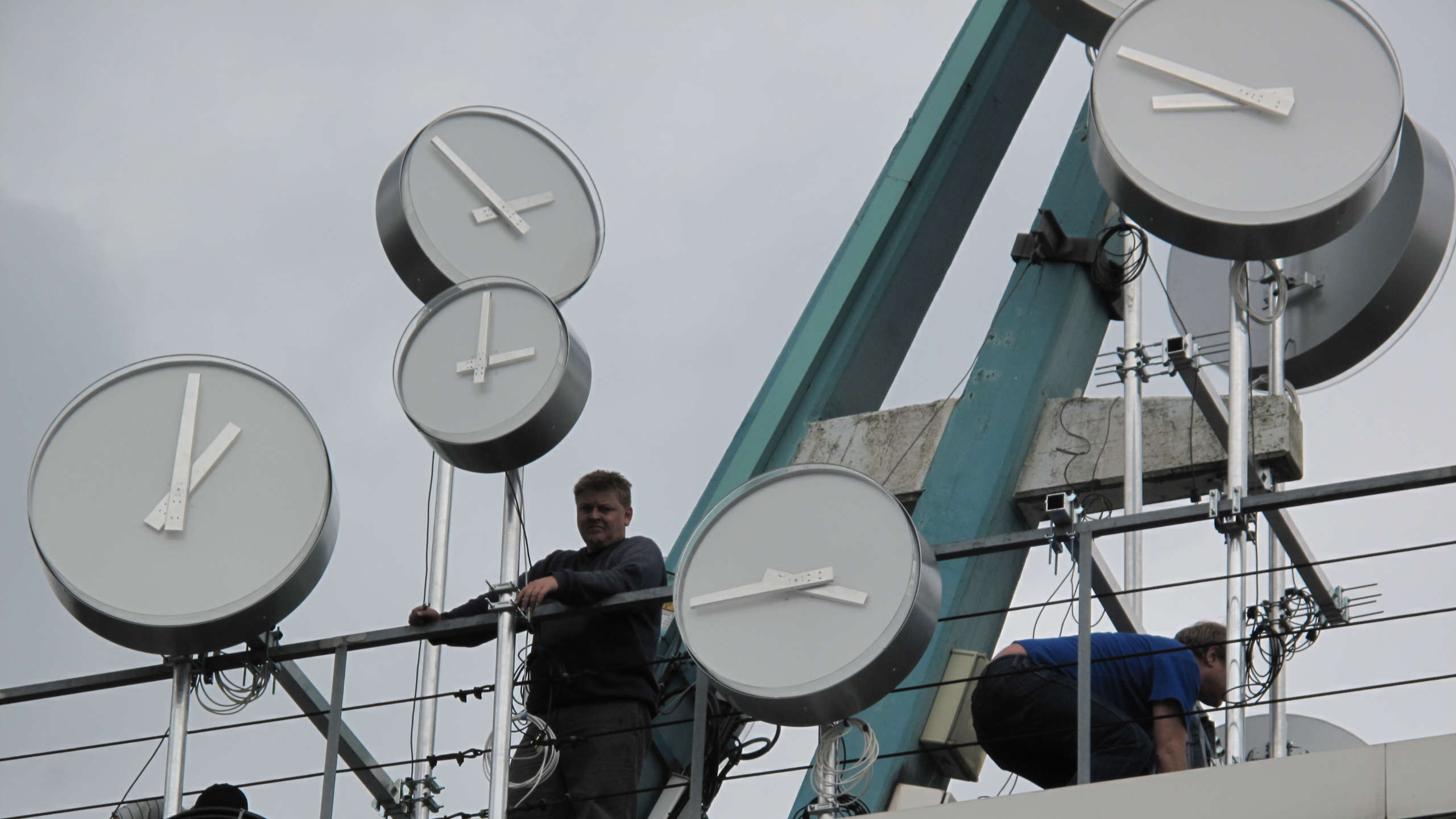
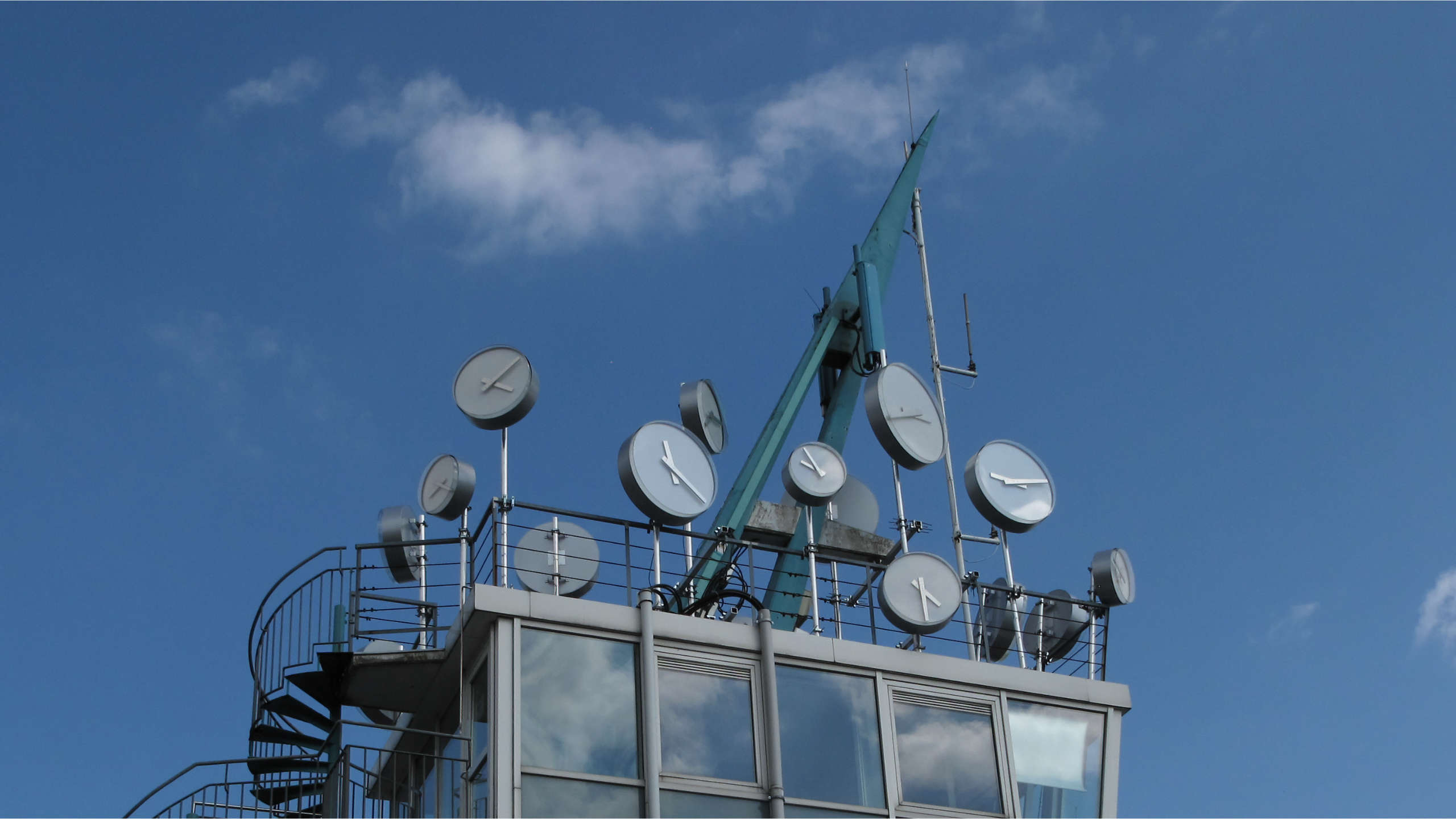
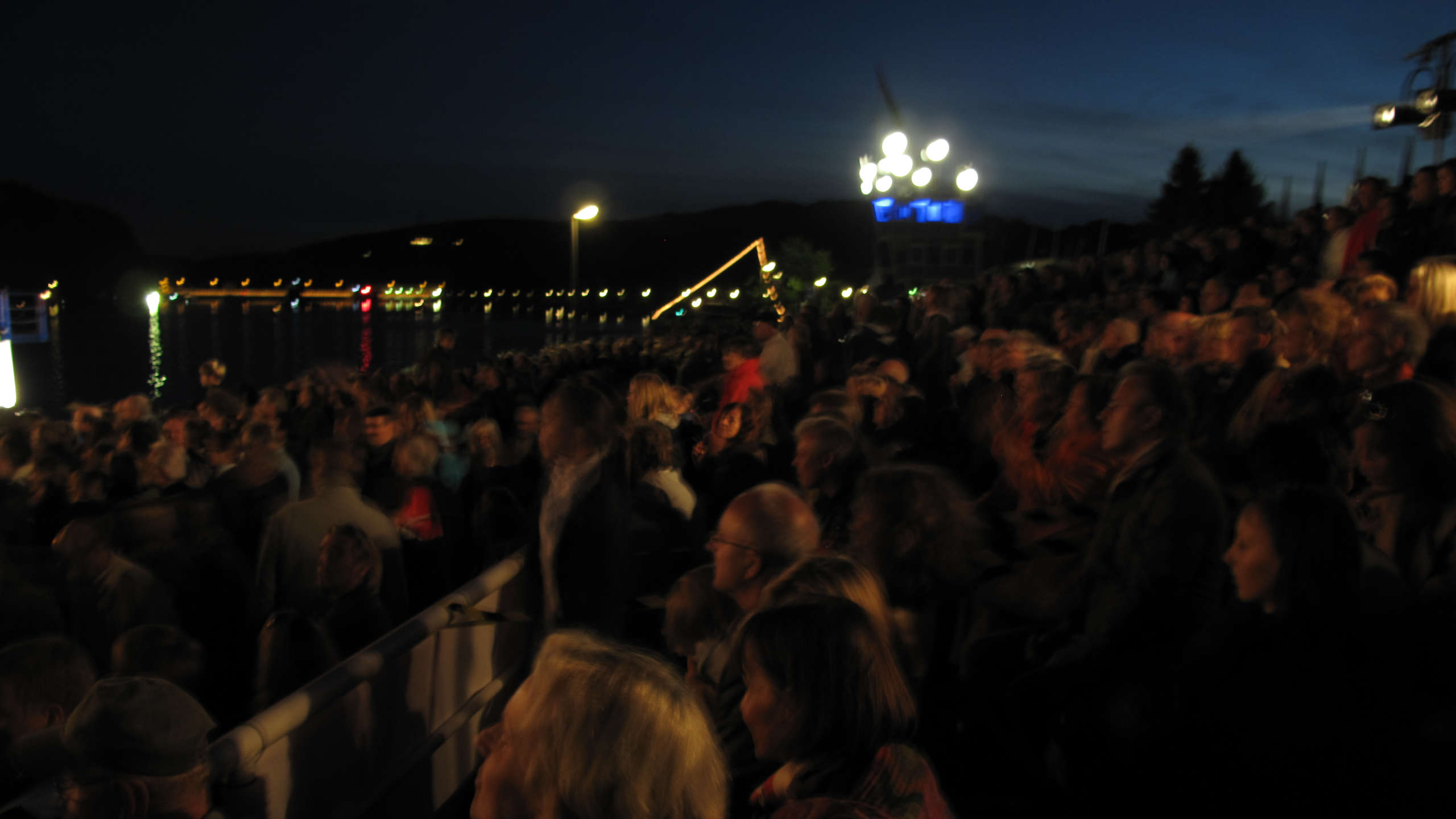
Der Regattaturm am Baldeneysee ist ein eigenartiges architektonisches Gebilde. Es ist ein funktionalistischer Stahlskelettbau, der gestuft nach vorne auskragt, mit Monumentalität und Transparenz und rückseitiger außenliegender Wendeltreppe versehen. Bei den vielfältigen auf dem See ausgeübten Wassersportarten dient er den Kampfrichtern um über Siege und Niederlagen zu entscheiden. Diese einerseits eindrucksvolle Landmarke und andererseits schwierige Vorgabe regte den Licht- und Medienkünstler Christoph Hildebrand zu einer temporären Intervention aus Uhren an: 20 an der Zahl, größere und kleinere, platziert auf dem Dach in unterschiedlichen Höhen, in verschiedene Richtungen ausgerichtet und ebenso verschiedene Zeiten anzeigend. Bei genauerem Beobachten stellt man fest, dass die Uhren vom normalen Zeittempo entkoppelt, unterschiedlich schnell laufen und dabei fortwährend ihr Tempo ändern: der dahin schleichende Minutenzeiger einer Uhr dreht sich neben einem aufgeregt rotierenden Stundenzeigern einer benachbarten Uhr, um plötzlich in einer Aufholjagd das Tempo zu forcieren. Das ergibt zuerst alles keinen Sinn.
Immer wieder haben Künstler mit dem Thema Zeit und Uhren gearbeitet. Der Grund für die fortwährende Faszination für das Phänomen Zeit und Vergänglichkeit ist einfach und liegt auf der Hand, stellt die messbare Zeit doch einen überaus konkreten Beweis für unser Leben, das Vergehen desselben dar und speist darüber hinaus als omnipräsentes Macht- Moment ohne Möglichkeiten der Beeinflussung eine auch physische wie philosophische Diskussion. Zudem war die exakte Zeit ein konstituierendes Moment der modernen Industriegesellschaft.
In Christoph Hildebrands Arbeit „Time“ für RuhrLights 2010 wird die Uhr in ihrer seriellen Häufung als analoge Rundscheibenuhr zu einem nur vermeintlich absurden Ensemble auf dem Dach des Regattaturmes. Die Uhr ist bei Christoph Hildebrand in seinem zivilisatorischen Mapping ein immer widerkehrendes Symbol, eines seiner „Top Ten Icons“, die er in vielfältigen Situationen und Installationen bereits einsetzte.
In „TIME“ sind die Uhren das Gegenstück zur Normaluhr. Jene zentral gesteuerten, normal laufenden Uhren mit ihren springenden Sekunden und Minutenzeigern, die nach einer amtlichen, für ganz Deutschland (und die Welt) verbindlichen Uhrzeit getaktet werden. Diese normierte Zeit erlaubt kein Ausweichen, lässt keinen Raum für Freiheit und Individualität. Pünktlichkeit ist erste Tugend. Die Normalzeit diktiert metaphorisch nicht nur den menschlichen Zeitablauf, sondern auch eine gesellschaftliche Konformität.
Christoph Hildebrand versteht die Uhren als Individuen, die nach ihrer eigenen, widernatürlichen Zeit gehen und dabei faszinierend und erschreckend zugleich ihrer eigenen Dramaturgie folgen. Die Möglichkeiten aktueller Steuerungstechniken erlauben ihm jedoch über den individuellen Zeitablauf der einzelnen Uhr hinaus auch eine gemeinsame konzertante Dramaturgie der Be- und Entschleunigung, bei der die Zeit auch einmal rückwärts gehen kann.
In dem Wechselspiel von ungewohnter, eigener Individualität eines auf Konformität und Präzision ausgerichteten vertrauten Objekts und der synchronisierten Choreographie wird einem schlagartig die überaus subjektive und oft so empfundene Wahrnehmung von Zeit anschaulich. Die Zeit hat regional, situativ, persönlich, religiös, medial und historisch zahlreiche Gesichter, Ausdrucksformen und Prägungen. Das Ruhrtal, in dem der Regattaturm steht, war der Ausgangspunkt der industriellen Ausbeute der Kohlelager, jetzt ist es Naturreservat und Erholungsgebiet. „TIME“ stellt eben auch die Frage, die an der Ruhr eine zentrale ist: Wie wird die Ruhrmetropole in der Zukunft ticken?
Auszug aus dem Text von Dr. Gregor Jansen für den Katalog von „Ruhrlights“.
//
The regatta tower on Lake Baldeney is a peculiar architectural structure. It is a functionalist steel skeleton structure that juts out in steps towards the front, with monumentality and transparency and an external spiral staircase at the back. It is used by the judges to decide on victories and defeats in the many water sports practised on the lake. This impressive landmark on the one hand and a difficult task on the other inspired the light and media artist Christoph Hildebrand to create a temporary intervention of clocks: 20 in number, larger and smaller, placed on the roof at different heights, pointing in different directions and also showing different times. On closer observation, one notices that the clocks are decoupled from the normal pace of time, running at different speeds and constantly changing their tempo: the creeping minute hand of one clock turns next to the excitedly rotating hour hand of a neighbouring clock, only to suddenly accelerate its tempo in a race to catch up. At first, none of this makes sense.
Time and again, artists have worked with the theme of time and clocks. The reason for the continuing fascination with the phenomenon of time and transience is simple and obvious, for measurable time represents an extremely concrete proof of our life, the passing of the same, and furthermore, as an omnipresent moment of power without possibilities of influence, it feeds a discussion that is also physical and philosophical. Moreover, exact time was a constituent moment of modern industrial society.
In Christoph Hildebrand’s work „Time“ for RuhrLights 2010, the clock in its serial accumulation as an analogue round disc clock becomes an only supposedly absurd ensemble on the roof of the regatta tower. In Christoph Hildebrand’s mapping of civilisation, the clock is a recurring symbol, one of his „Top Ten Icons“, which he has already used in a variety of situations and installations.
In „TIME“, the clocks are the counterpart to the standard clock. Those centrally controlled, normally running clocks with their jumping seconds and minute hands that are clocked according to an official time that is binding for all of Germany (and the world). This standardised time allows no evasion, leaves no room for freedom and individuality. Punctuality is the first virtue. Standard time metaphorically dictates not only the human passage of time, but also a social conformity.
Christoph Hildebrand understands the clocks as individuals who go according to their own unnatural time, following their own dramaturgy in a fascinating and frightening way at the same time. The possibilities of current control techniques, however, allow him to go beyond the individual passage of time of the individual clock to a common concert dramaturgy of acceleration and deceleration, in which time can also go backwards for once.
In the interplay between the unfamiliar, individuality of a familiar object oriented towards conformity and precision and the synchronised choreography, one suddenly becomes aware of the extremely subjective and often perceived perception of time. Time has numerous regional, situational, personal, religious, medial and historical faces, forms of expression and imprints. The Ruhr valley, where the regatta tower stands, was the starting point of the industrial exploitation of the coal deposits, now it is a nature reserve and recreation area. „TIME“ also asks the question that is central to the Ruhr: What will make the Ruhr metropolis tick in the future?
Excerpt from the text by Dr. Gregor Jansen for the „Ruhrlights“ catalogue.
P E R M A N E N T Regattazielturm am Baldeneysee since September 2010 + D E S I G N 20 clocks / diameter 60, 80, 100, 120cm / speed is changing at all times / minute hand can run up to 4 turns per second / stepper motors / digital programmable control / ball ring gear box / aluminum / stainless stelle / acrylic / + S U P P O R T RUHR.2010 (Cultural Capitol of Europe) Dr. Söke Dinkla (curator) Nickolaus Wolters (motor, gearbox, control) Menden Buchstaben (housing) EABG Essen (installation) City of Essen (financing) + M E D I A 9 images © Christoph Hildebrand and Werner Hannapel + T A G S Light / Motion / Urban / Permanent +
